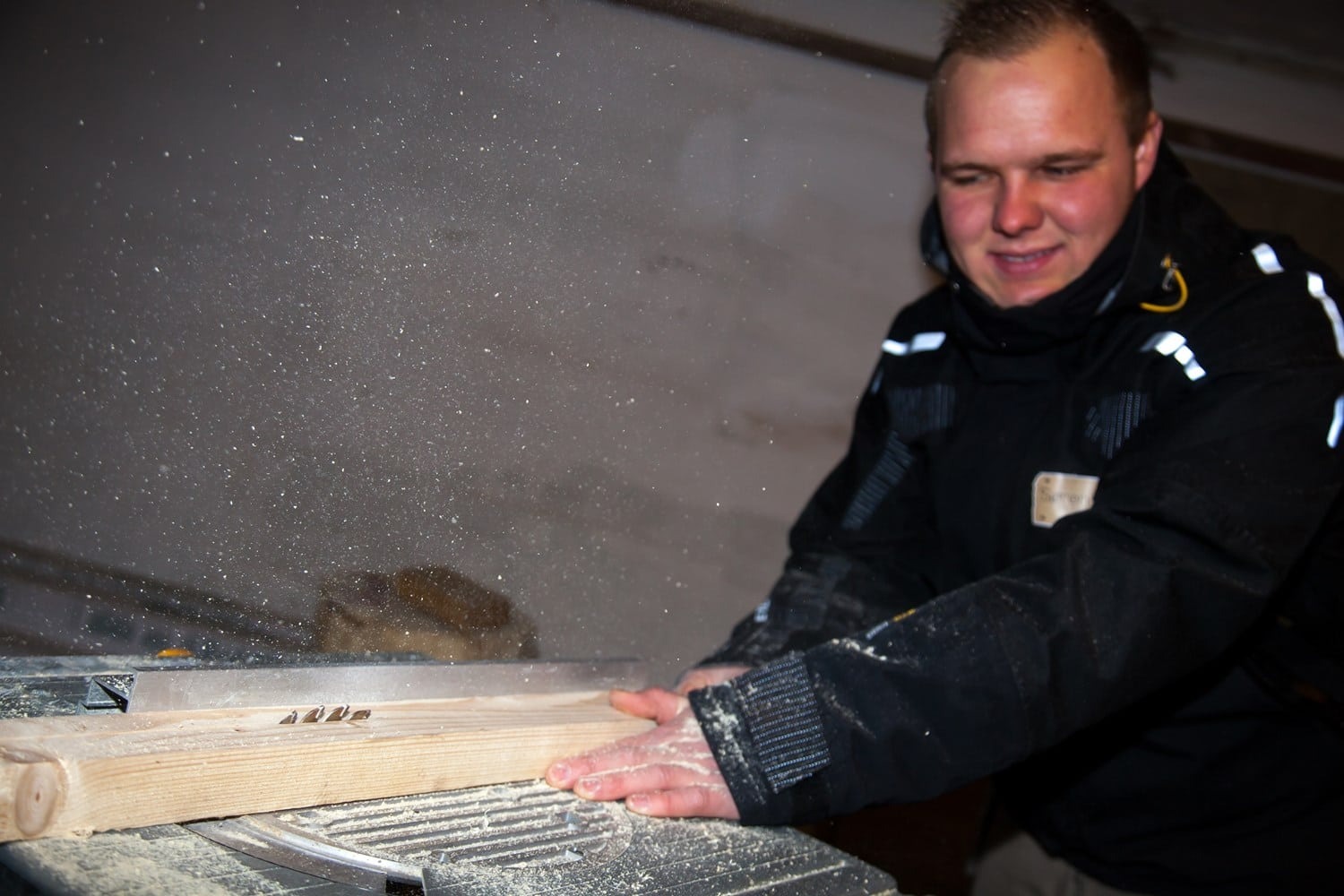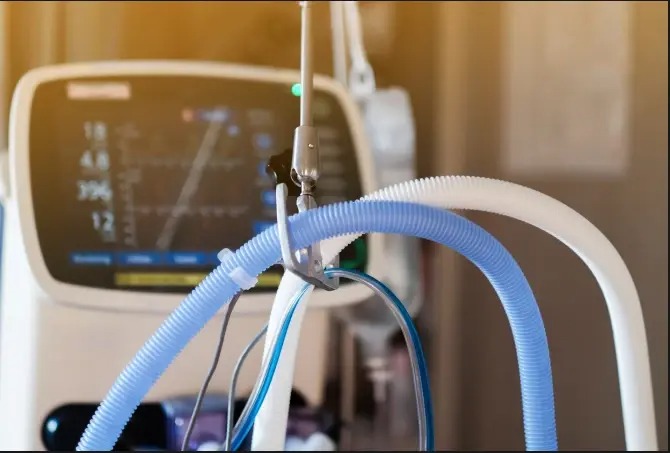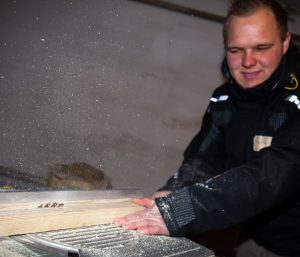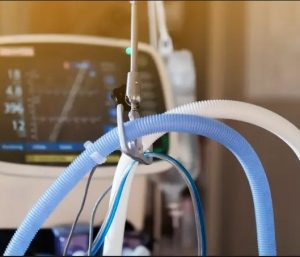1Unlocking the Secrets of Stainless Steel Welding Electrodes: Spotlight on 316 Stainless Steel Welding Electrodes
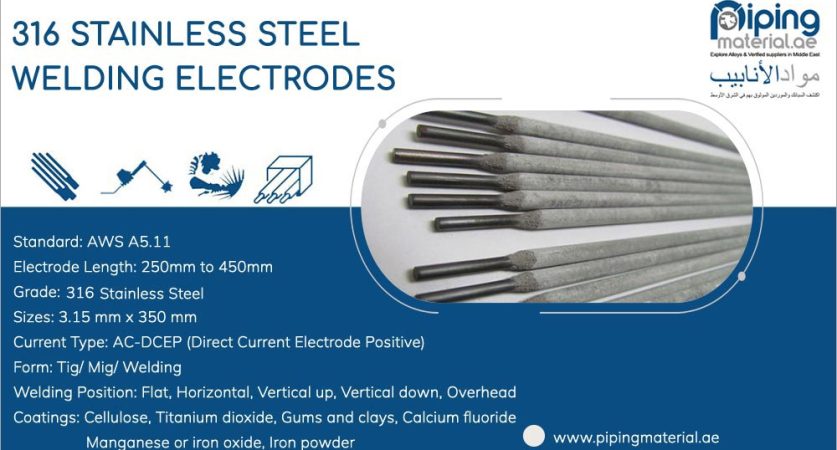
Introduction
Welding is a fundamental process in the manufacturing and construction industries, enabling the fabrication of various materials, including stainless steel. Stainless steel, known for its exceptional corrosion resistance and strength, is a popular choice for applications in demanding environments. To achieve high-quality welds on stainless steel, one crucial element is the welding electrode. In this blog, we will delve into the world of stainless steel welding electrodes, with a particular focus on 316 stainless steel welding electrodes.
Understanding Stainless Steel Welding Electrodes
A welding electrode, also known as a welding rod, plays a significant role in the welding process. It is a consumable filler metal used to carry the electrical current to the workpiece and provide the necessary material to form the weld joint. When welding stainless steel, it is vital to select an appropriate electrode that matches the base metal’s properties.
316 Stainless Steel Welding Electrodes: An Overview
316 stainless steel is an austenitic chromium-nickel stainless steel alloy that contains molybdenum, which enhances its corrosion resistance. This grade is widely used in various industries, including marine, chemical, and pharmaceutical, where superior resistance to pitting and crevice corrosion is required.
316 stainless steel welding electrodes are specifically designed to join and weld 316 stainless steel effectively. These electrodes typically have a designation that includes “ER316” or “E316,” indicating their compatibility with the 316 stainless steel alloy.
Key Features and Advantages of 316 Stainless Steel Welding Electrodes
- Corrosion Resistance: As with the base metal, 316 stainless steel welding electrodes offer exceptional corrosion resistance, making them suitable for applications in harsh and corrosive environments.
- High Strength: The welds created with 316 stainless steel electrodes exhibit high strength, ensuring the longevity and reliability of welded structures.
- Heat Resistance: 316 stainless steel welding electrodes retain their mechanical properties even at elevated temperatures, making them ideal for applications where heat resistance is crucial.
- Versatility: These electrodes are not limited to welding 316 stainless steel alone; they can be used for various other stainless steel grades as well, providing a versatile option for welding professionals.
- Clean Welds: 316 stainless steel welding electrodes produce clean and aesthetically pleasing welds with minimal spatter and fume emission.
Best Practices for Welding with 316 Stainless Steel Electrodes
- Cleanliness: Ensure both the base metal and welding electrode are free from dirt, oil, rust, and other contaminants that could compromise the weld quality.
- Proper Storage: Store the welding electrodes in a dry environment at the recommended temperature to prevent moisture absorption, which can lead to porosity in the welds.
- Right Current Settings: Follow the manufacturer’s recommendations for the appropriate welding current and polarity to achieve optimal results.
- Joint Preparation: Adequate joint preparation, such as beveling or chamfering, is essential to facilitate proper penetration and fusion during the welding process.
- Post-Weld Treatment: Consider post-weld treatments like pickling or passivation to restore the stainless steel’s corrosion resistance after welding.
Conclusion
Choosing the right welding electrode is paramount to achieving strong, durable, and corrosion-resistant welds on stainless steel. 316 stainless steel welding electrodes, with their excellent properties and versatility, are a top choice for welding professionals working with stainless steel alloys, especially grade 316. By following best practices and handling the welding process with precision, professionals can harness the full potential of 316 stainless steel welding electrodes and create impeccable welds that withstand the test of time in even the harshest environments.
- SHARES
- [shared_counts]

Ashmawi Sami has a Bachelor degree in Travel and Tourism Management from the University of Minnesota. He has his own travel vlogging channel. Besides being a fantastic yoga instructor he has travelled to 9 countries and planning his next trip soon. As the father of 3 dogs, he is well-trained in parenting, crowd control, and crisis situations.
ABOUT ME

Gillian is a freelance blogger, student, and full-time traveler. Each day she spends her time exploring something exciting to help people find the information they need while travelling to a new destination. Whether it be the place to enjoy holidays, or a spot to throw a party or hidden gems that you must visit in the city.
ALL CATEGORIES
- Adventure (13)
- Automotive (8)
- Business (698)
- Education (13)
- Event (4)
- Health (286)
- Insurance (11)
- Lifestyle (12)
- News (1)
- Real Estate (19)
- Shopping (26)
- Technology (23)
- Travel (8)

JOIN US TODAY
POPULAR POST
January 27, 2021 -
Adventure Travel For The Audacious Spirit
January 27, 2021 -
Small Business Loans for Women
January 27, 2021 -
Adventure Tours in Vanuatu
RECENT POST
July 2, 2025 -
Choose Expert Metal Fabrication in Singapore for High-Quality Metal Sheet Solutions
Metal fabrication in Singapore has rapidly grown to...
June 27, 2025 -
Forvandl dit hjem med de rigtige tømrer i Herning: En omfattende guide
Når det kommer til boligrenovering, er det afgørende...
June 27, 2025 -
The Importance of Live CEUs for Respiratory Therapy Professionals
In the fast-paced and ever-evolving field of healthcare,...
June 27, 2025 -
Din Guide til et Professionelt Flyttefirma i Randers og Skive
Når du står over for en flytning, kan...




